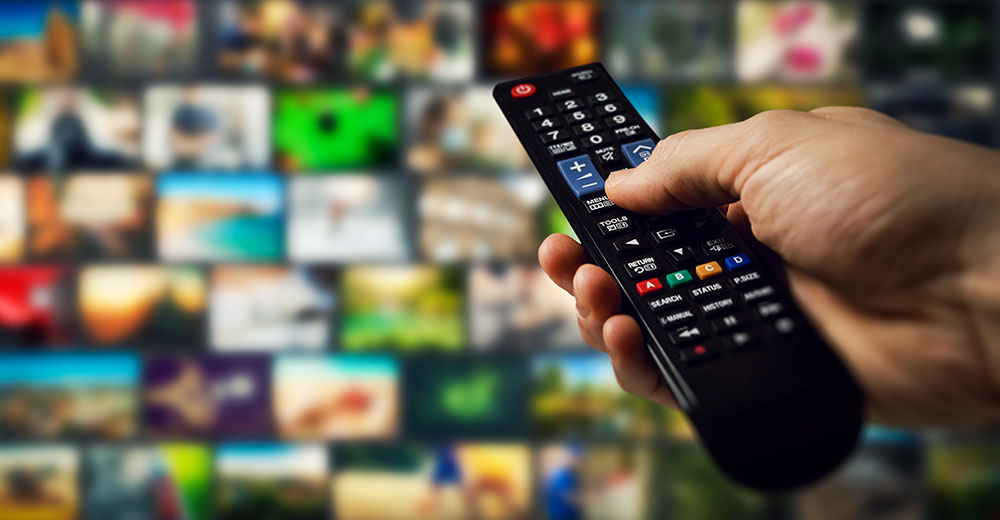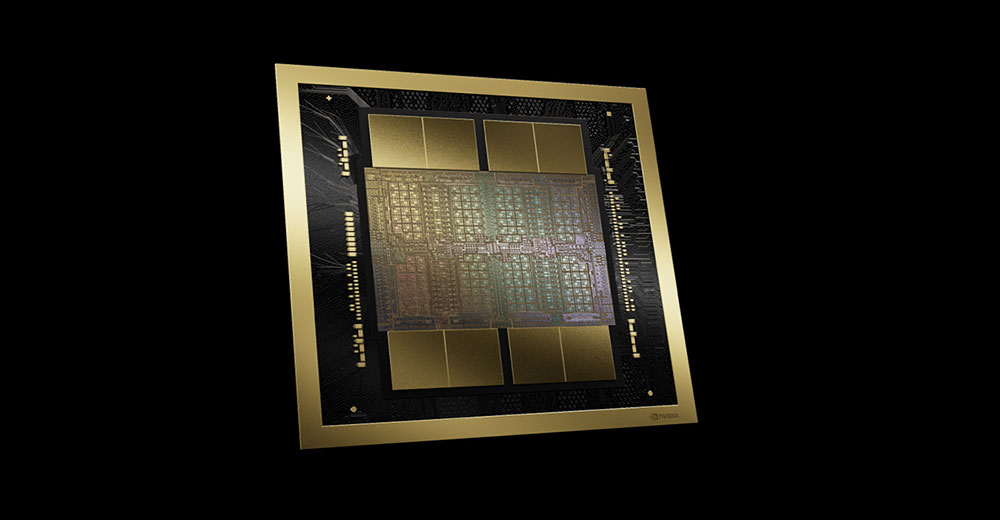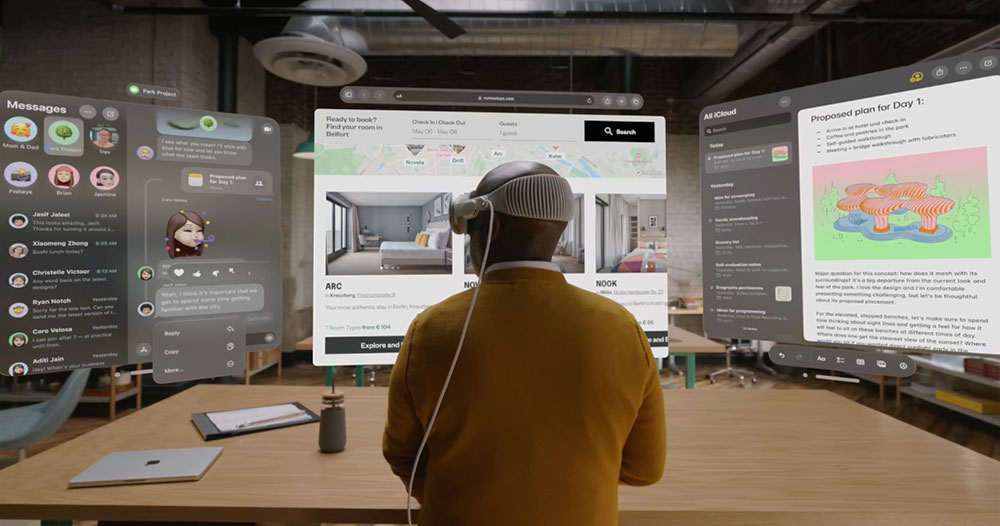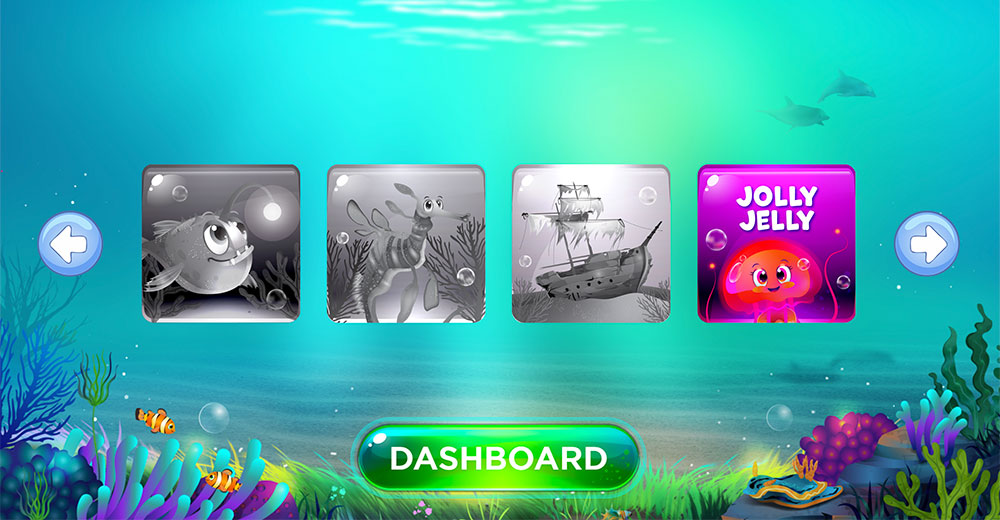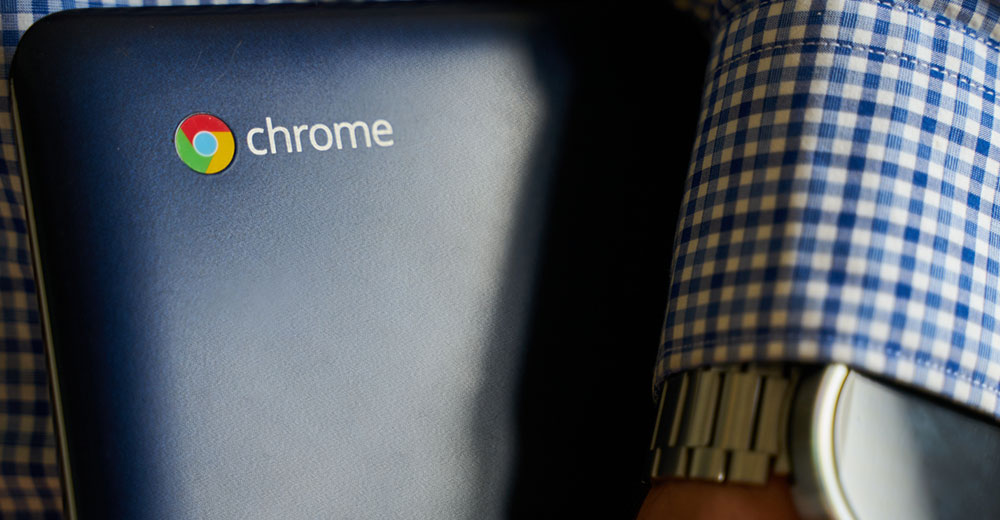Last week was an unusually interesting week. We started the week with one of the biggest 3-D attempts ever — both Super Bowl ads and an episode of “Chuck,” both of which showcased the problems with 3-D.

At the same time, I was playing “World of Warcraft” in 3-D, and that was working just fine. Toward the end of the week, HP Labs showcased a way to cut dramatically the cost and ecological impact of printing, and Lenovo went from what was effectively a two-CEO company to one CEO. This is a tough year, and the firms that will stand out are those that can execute under that framework.
We’ll close with my product of the week: my favorite transcoding product, Badaboom.
3-D Hit and Miss
Doing 3-D during the Super Bowl and for last week’s episode of “Chuck” was an incredibly gutsy move, but unfortunately, it didn’t work very well. On the other hand, this was the first attempt to use a 3-D technology that actually didn’t totally screw up the 2-D image, and it does show promise — it’s just not ready for general use yet. I hope Intel keeps trying, though.
With all of the focus on doing 3-D, DreamWorks announced it will go 100 percent 3-D. For instance, we will be seeing a lot of it going forward and, done right, it can enhance the viewing experience quite a lot. I’m struggling with the new “Monsters vs. Aliens” movie , which was also previewed in Marginal 3-D (the real movie, I’m told, looks vastly better) because I’m kind of up to my neck in cute cartoon characters and want the real Monsters and Aliens back. I’ll probably still see it, though.
Last week I was testing Nvidia’s 3-D Vision product on “World of Warcraft” and some strategy games, and it works vastly better than the Super Bowl experience. While this is a big step in the right direction; playing with this all week does showcase where additional work still needs to be done in creating the games themselves.
In “World of Warcraft,” the 3-D glasses and software really do add a lot of depth to the game, but you miss the physics and depth of true 3-D objects, largely because the game was clearly written for two dimensions. It just isn’t at the same performance level as some of the titles you’ll find on the Xbox or PlayStation 3, where trees and grass actually move. To really make 3-D shine in a massive multiplayer, first-person shooter or role-playing game, I think the environment needs to be more dynamic and interactive because I really missed things like wind, and some of the objects (mostly plants) looked fake.
On the other hand, strategy games that were supported by the technology were wonderful because the pieces and characters looked more like little models, making them a lot more fun to manipulate and watch. Movies were stunning, but content was really light and your existing TV probably won’t support this technology anyway.
However — and this is something to consider when picking up a new TV — some of the TVs will and an increasing number are 120 or 240 Hz, which eventually should allow them to work with 3-D. You can find the monitors and TVs that support this today here — I’m seriously thinking of picking up one of the TVs because they are on sale at Amazon at the moment.
If you find a display of the Nvidia 3-D Vision in a store, take a moment to try it out. That’s what home 3-D can look like, and it’s coming.
HP Does Green Industrial Class Printing
HP had a lab event last week and — as it typically does — hauled out the green dog-and-pony show. Of all the vendors I follow, HP is the most religious about this green concept, going as far as developing sensors that help calculate the carbon footprint related to shipping parts and raw materials. If everyone was this rabid about green, we probably wouldn’t be worried about global warming — we’d be worried about the effects of too much clean air and water.
One of the concepts HP presented caught my eye this year, and that was the idea of green printing. You see, the one part of HP I struggle with when it comes to green is the printing unit, because the whole idea of cutting down trees to make paper is inherently un-green. Yet the reality is, e-books aren’t really ready for the mass market yet (though I love my Kindle) and we are likely stuck with paper for a while yet.
HP’s idea was to eliminate a lot of the waste that currently occurs by printing things that specifically contain what you are interested in reading. For instance, when I get a newspaper, I throw most of it into recycling unread because there are large parts I’ll never read and have no desire to pick up. Same with magazines — for instance, I take a lot of car magazines, and I love the reviews of hot cars and SUVs but couldn’t care less about racing results, economy cars and mini-vans. The newspapers and magazine companies could save a lot of money and conserve a lot of paper if they just printed what I wanted to read.
And this was HP’s concept — printers that would, in high volume, print and package custom publications designed specifically for the reader. The concept means ads that the reader would actually be interested in, and the publication would be heavy in the content they wanted to see and contain little or no content they weren’t interested in. That would not only save money for the publishers, it would save resources and likely result in more loyal customers as well. There could be money in green, and I know that green works best when there are economic incentives. I still think HP should do an e-book, though.
Lenovo Cuts Number of CEOs in Half
This is turning out to be a tough year, and it is forcing a lot of companies to look introspectively at what is working and what isn’t. Lenovo’s quarterly results put the company into the red; and while it isn’t in as bad a shape as Sony, is it was clear they needed to do some things differently.
For a while, Lenovo has felt like two companies; one that is largely consumer and exists in China, and one that is everyplace but China and mostly enterprise. It actually has a nice consumer line of products under the IdeaPad brand, but they are hard to find in retail. This has put them at a competitive disadvantage against Acer, which has recently passed Lenovo in market share largely as a result of stealing Packard Bell out from under its rival.
In addition, while most PC vendors are either in the smartphone market or about to enter, Lenovo was there first but exited, moving against the market trend. All of this was likely at least partially due to the split leadership problem.
Now the company is back to one CEO and has a new CMO, Mike Sievert, who used to run Windows marketing and can help position the company well on top of the coming Windows 7 launch — which is expected to be the biggest since Windows 95. The thing isn’t even out yet and there seems to be a love fest for the offering.
Lenovo still has to execute, but hard times got it to rethink its structure, and the new one should be more able to move more quickly on opportunities and have a greater likelihood of taking the share it has lost back.
Product of the Week: Badaboom Transcoder
Badaboom brought out the first transcoder that uses the graphics card rather than the CPU to do transcoding, and it is now both fast and reliable. I’d started using this product in beta but it was a little flaky. With the current release it works like a charm.
Transcoding is what you do with a video file to make it fit on an iPod, cell phone, or store it to watch on an Xbox, PS3, Media Extender or Media Center. Badaboom covers each of these devices, and it is both easy to set up and very easy to use. The product requires Nvidia Cuda, which means you need a current Nvidia card, but if you have one and need to transcode, you’ll love this thing. You can download the trial for free on the Badaboom site above.
This is one of the products I use myself a lot, and with the recent release it became reliable enough to highly recommend, which is why Badaboom is my product of the week.
Rob Enderle is a TechNewsWorld columnist and the principal analyst for the Enderle Group, a consultancy that focuses on personal technology products and trends.















































